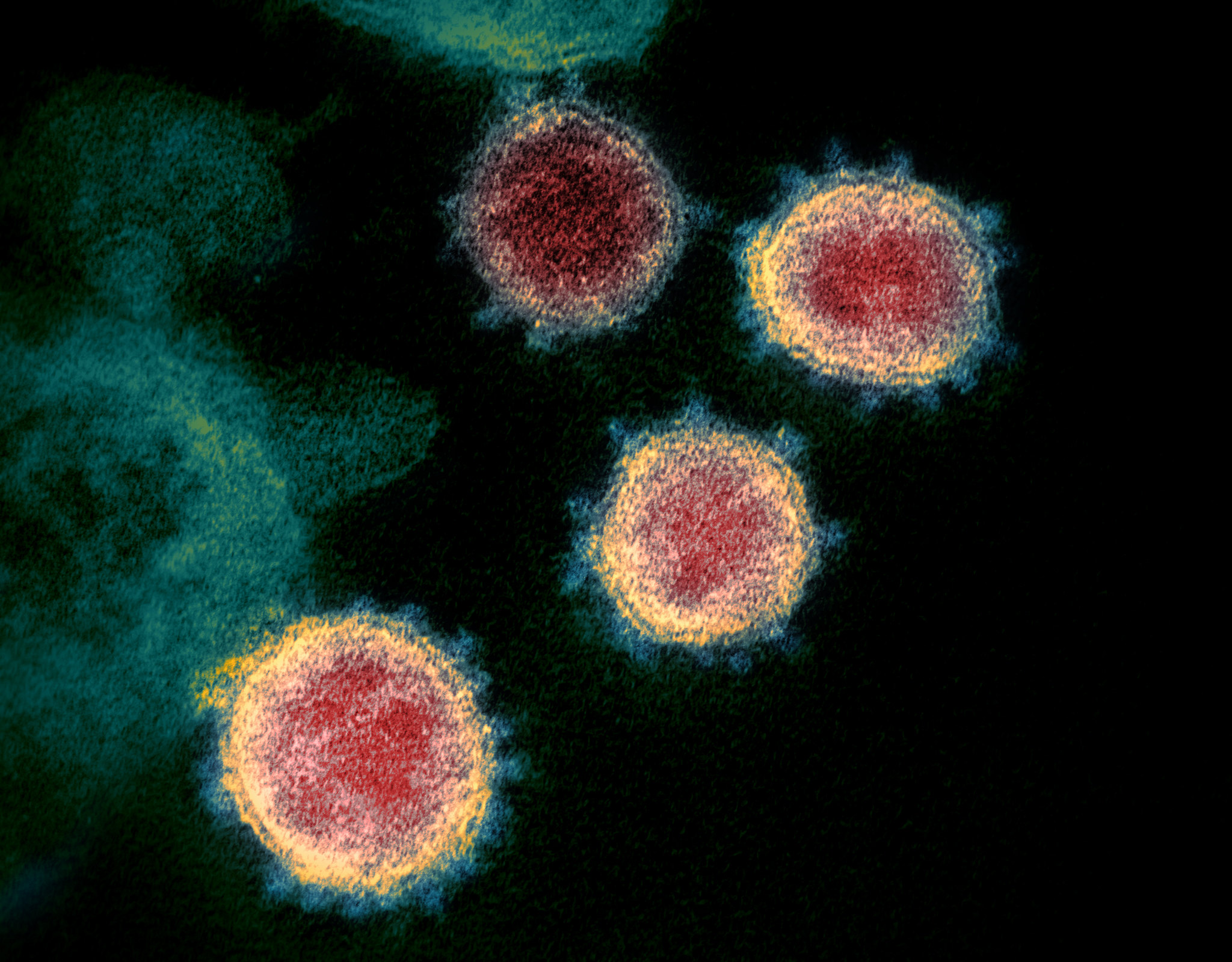COVID-19 historical perspective

|
Osteoarthritis Microchapters |
|
Diagnosis |
|---|
|
Treatment |
|
Case Studies |
|
COVID-19 historical perspective On the Web |
|
American Roentgen Ray Society Images of COVID-19 historical perspective |
|
Risk calculators and risk factors for COVID-19 historical perspective |
Editor-In-Chief: C. Michael Gibson, M.S., M.D. [1] ; Associate Editor(s)-in-Chief: Mohammadmain Rezazadehsaatlou [2],
Overview
Historical Perspective
According to the WHO report, their office in china called "WHO China Country Office" on 31 December 2019, the WHO China Country Office was informed as a new type of pneumonia cases with unknown etiology at that time (31 December 2019) in Wuhan City, Hubei Province of China.
As of 3 January 2020, a total of 44 cases with that pneumonia due to the unknown etiology have been reported to WHO by the national authorities in China:
- 11 case were severely ill.
- 33 remaining patients were stable.
Accordingly, the concerned market in Wuhan was closed on 1 January 2020 for environmental sanitation and disinfection. After that illness was not identified or confirmed. On 1 January 2020, then WHO requested further information from national authorities to assess the related risks and affect of this illness. The china reported to WHO that all patients were isolated and underwent medical treatment in Wuhan medical institutions. The related clinical signs and symptoms were consisted of:
- fever
- difficulty in breathing
- chest radiography showing invasive lesions of both lungs
In a recent study published by Xiaolu Tang et al on 03 March 2020 at Peking University's School of Life Sciences and the Institut Pasteur of Shanghai, they have mentioned that they have concluded that there is a more aggressive type of the new coronavirus had responsible for around 70% of analyzed strains, while the remain 30% had been linked to a less aggressive type of the coronavirus.
The aggressive type of the coronavirus was prevalent in the early outbreak in Wuhan — the Chinese city where COVID-19 was first detected on 31 December 2019, but the frequency of this type of virus has since decreased from the beginning of this outbreak. and the Xiaolu Tang et al concluded that this aggresive type of this disease could be caused by mutations and natural selection of the spike in COVID-19. And more studies were recommended by those researchers.